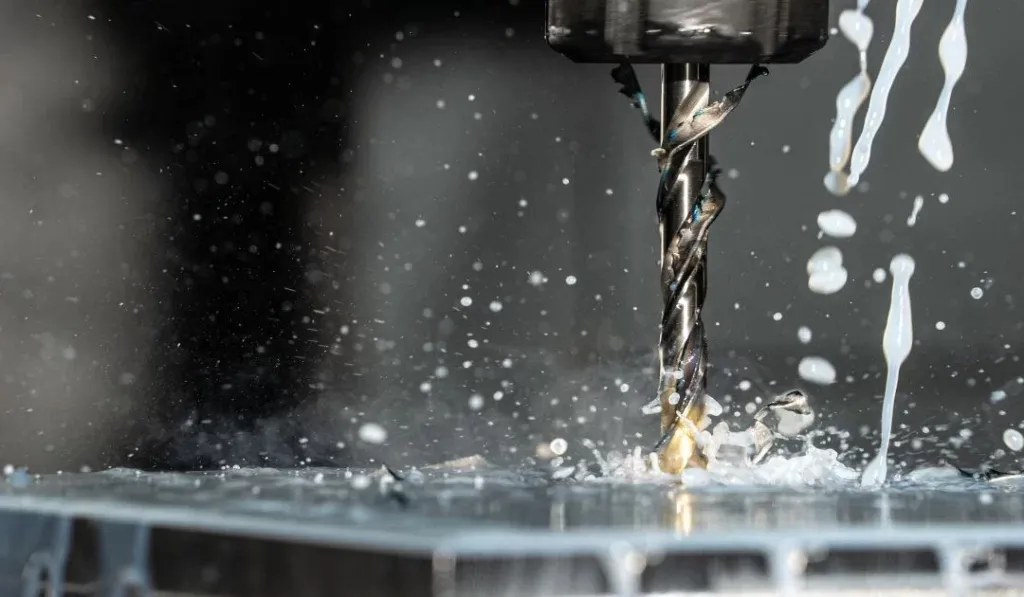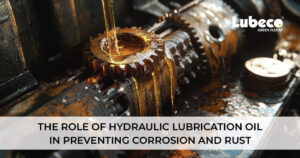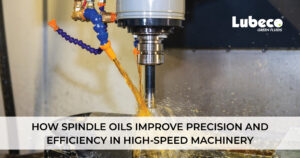EDM fluids, also known as dielectric fluids or EDM oils, are special fluids used in electrical discharge machining (EDM). These fluids serve multiple purposes during the machining process and are designed with specific properties that enable efficient and precise material removal. EDM fluids and dielectric. EDM fluids are often used interchangeably because they refer to the same type of fluid used in electrical discharge machining (EDM). Both terms describe specialized fluids that act as dielectric media in erosion processes. Note, however, that the term “dielectric EDM fluids” may emphasize the specific role of these fluids as dielectrics in EDM processes.
Precision machining is the process of manufacturing highly precise and complex parts and components using a variety of machining techniques. This involves removing material from a workpiece to achieve specific dimensions, tolerances, surface finish and geometry that meet exacting design specifications. Precision machining is widely used in industries where high precision and quality are important, such as aerospace, automotive, medical, and electronics.
Commonly Used EDM Fluids
Hydrocarbon based liquids:
These fluids are typically petroleum-based and have excellent dielectric properties, making them effective discharge media. It has heat dissipation, lubrication and flushing functions. Hydrocarbon-based fluids are often used for general EDM applications.
Synthetic Fluid:
Synthetic EDM fluids are formulated using synthetic hydrocarbons or synthetic esters. They are designed for improved dielectric strength, superior heat dissipation, and improved flashing properties. Synthetic oils offer superior stability and are often preferred for high speed and precision machining operations.
Deionized Water:
In some cases, deionized water can be used as the EDM fluid, especially in certain applications involving delicate or sensitive work materials. Water acts as a dielectric medium, ensuring efficient cooling and washing away dirt particles. However, due to the limited dielectric strength of deionized water, it is typically used in specialized EDM machines.
Oil-based Dielectric Fluid:
These fluids consist of mineral or synthetic oils and have high dielectric strength. Oil-based EDM fluids have excellent thermal stability, lubrication and flushing properties. Often used in applications requiring high precision, fine finish, and complex geometries.
Additive Enriched Liquid:
Various additives can be added to EDM fluids to improve their performance. Additives such as weld inhibitors, corrosion inhibitors, rust inhibitors, and extreme pressure additives are used to improve flushing, reduce electrode wear, improve surface finish, and increase machining speed.
The Role of EDM Fluids in Precision Machining
EDM fluids are important for precision machining for many reasons. It primarily acts as a dielectric medium, allowing electrical discharge between the tool (electrode) and workpiece. The EDM liquid conducts an electric current, creating a steady spark that melts and evaporates the material during the machining process. EDM fluids also play an important role in flushing and removing debris. As the material melts and evaporates during EDM, the liquid carries molten metal debris out of the working gap. Here are some additional points highlighting the importance of his EDM fluids in precision machining,read on
- Acts as a Discharge Medium:
EDM fluids act as a dielectric medium that allows electrical discharge between the tool and workpiece. During the machining process, a high voltage is applied between the electrode and the workpiece, creating sparks that melt and vaporize the material. The EDM fluid facilitates this discharge by providing a path for current flow and maintaining a stable spark.
- Heat Dissipation:
EDM generates intense heat through electrical discharges during the machining process. EDM fluids act as coolants, absorbing and dissipating heat generated during the process. Prevents overheating of workpieces and achieves stable machining conditions. EDM fluids are temperature controlled to minimize thermal distortion and maintain dimensional accuracy in precision machining.
- Debris Removal:
EDM fluids act as a cleaning medium to remove molten metal residue produced during the machining process. The liquid carries residue from the machining gap and prevents it from affecting the cutting process. Effective flushing is critical in precision machining to ensure clean and accurate cuts, prevent recast layers and maintain the surface integrity of the workpiece.
- Dielectric Strength and Insulation:
EDM fluids have high dielectric strength that can withstand high voltage without failure. This property is important to prevent arcing and maintain a stable machining process. Additionally, the liquid acts as an insulator, preventing short circuits and maintaining a desired discharge path between the electrode and workpiece.
- Electrode Wear and Tool Life:
EDM fluid reduces electrode wear and extends tool life. The liquid acts as a lubricant and reduces friction between the electrode and workpiece. It also helps prevent electrode material from sticking to the workpiece surface, known as electrode wear. By reducing wear and increasing tool life, EDM fluids contribute to the cost effectiveness and efficiency of precision machining operations.
- Contamination Control:
EDM fluids play an important role in maintaining a clean processing environment. They act as a barrier between the electrode and workpiece, preventing direct contact and reducing the risk of contamination. Contamination such as dust, particles and metal residues can adversely affect the machining process and lead to poor surface quality. EDM fluids help minimize such contamination and achieve high quality, precision machining.
- Material Removal Rate:
The choice of EDM fluid can affect the material removal rate, which is the rate at which material is removed during the machining process. Different liquids have different conductivity and flushing ability, which affects the efficiency of material removal. Proper selection of EDM fluids optimizes material removal rates for faster, more productive machining operations.
- Workpiece Material Suitability:
EDM fluids are available in different formulations for different workpiece materials. Certain materials require specific dielectric properties and properties to ensure optimum processing results. For example, some work materials may require a higher viscosity fluid for improved flushing, while other materials may require a lower viscosity fluid for faster cutting speeds. Using the correct EDM fluid for a particular workpiece material ensures compatibility and improves machining performance.
- Safety and Environmental Aspects:
EDM fluids must meet safety and environmental standards. They should be non-toxic, non-flammable and low in volatile organic compounds (VOCs). Choosing high-quality, eco-friendly EDM fluids promotes a safer working environment for operators and reduces environmental impact.
- Process Optimization:
EDM fluids can be formulated with additives and additives to improve performance. These additives provide benefits such as improved flushing, improved surface finish, reduced tool wear and increased machining speed. By optimizing EDM fluid formulations, manufacturers can maximize the efficiency and effectiveness of their precision machining processes.
- Surface Finish and Precision:
The choice of EDM fluid can have a significant impact on the surface finish and accuracy of machined parts. Different types of EDM fluids have different viscosities, lubricity and flushing abilities. These properties influence processing speed, surface roughness and achievable accuracy. By choosing the right EDM fluid for a specific application, manufacturers can achieve the desired surface finish and dimensional accuracy in precision machining.
End Note:
In conclusion, EDM fluids are essential for precision machining as they provide the necessary dielectric properties, heat dissipation, dirt removal, and surface quality control. Choosing the right EDM fluid and maintaining its quality is critical to ensuring consistent and accurate processing results. With proper selection and maintenance, you can ensure accurate, high-quality machined parts while improving efficiency and cost effectiveness.










